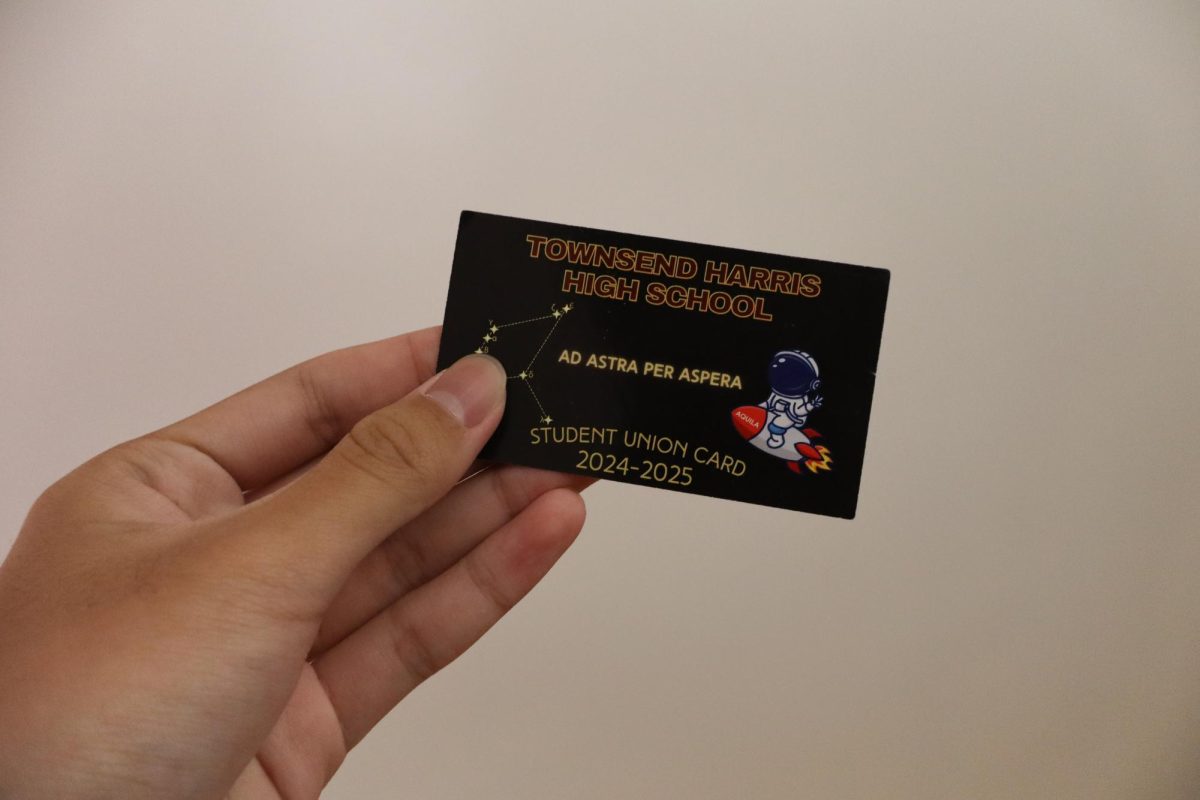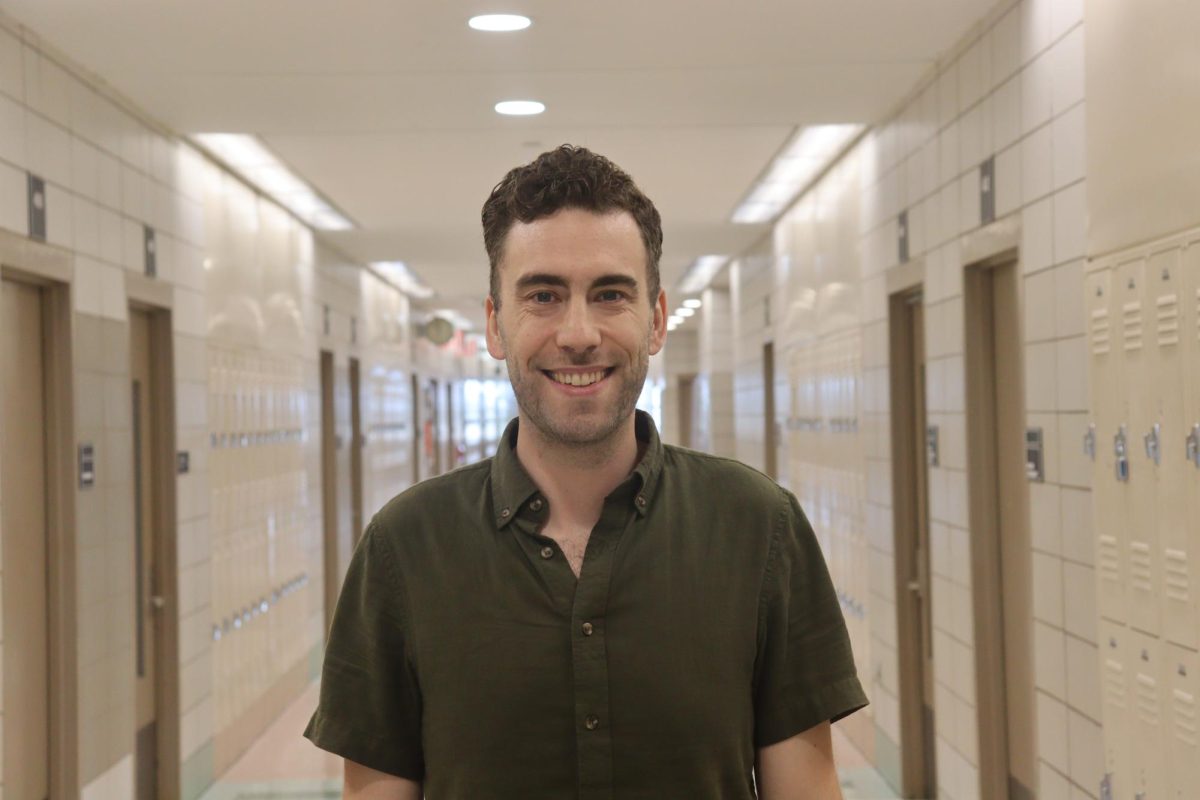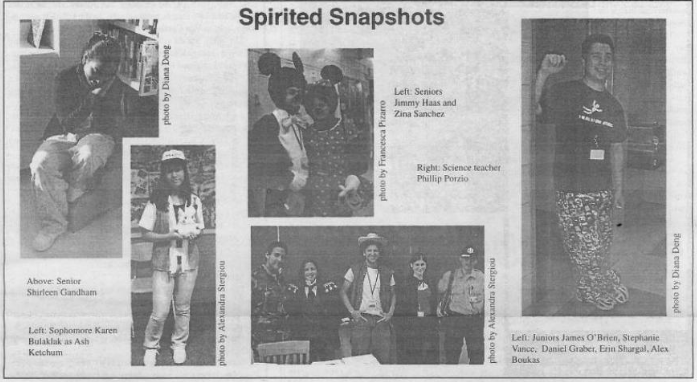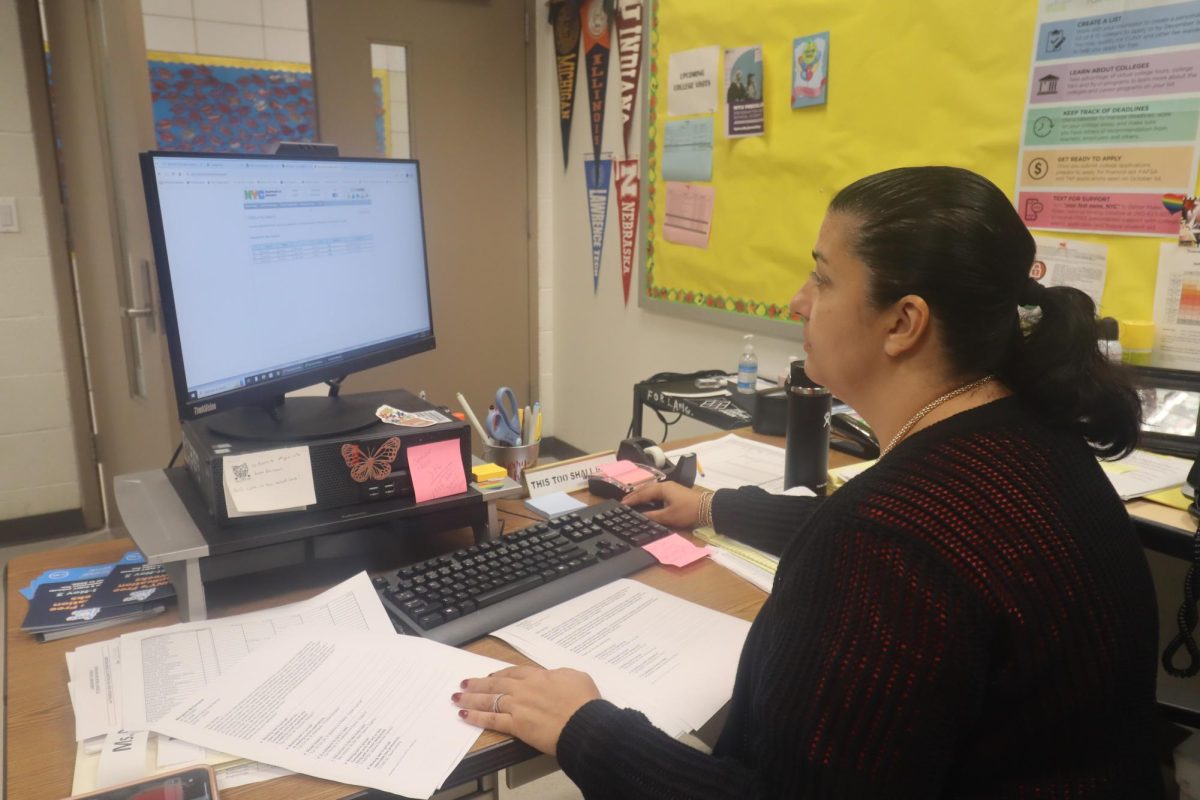

The bulk of a typical lesson in a foreign language class at Townsend Harris is made up of written exercises and endless translations involving a concept specific to that language. The study of a language has become a monotony of drills, exercises, and translations. We are missing the enjoyable part of learning a language, which comes from exploring how that language shapes the thoughts, feelings, philosophies, lives, and cultures of the people who speak it. Taking a language class is supposed to be an opportunity to step inside the shoes of a different ethnic group and see the language alive and at work in the world. To achieve that, we need to spend less time doing written exercises and focus more on developing oral communication in order to explore the language more freely.
Most languages involve speaking, reading, and writing. However, speaking is the most important aspect of a language because it is the quickest, most efficient, and most widely used form of communication. Oral speech is an unavoidable part of learning a language–who can say they truly know a language if they can read and write it but can’t speak it? In language classes at Townsend, however, there is very little focus on speaking compared to reading and writing lessons.
Speaking is the most challenging part of learning a language and requires the most practice; oral conversations are more fast-paced than written communication and require quick thinking. It is less rigid in structure and more flexible depending on what the speakers want to say in each different situation. Written exercises may help with direct translations and reading comprehension, but they don’t help oral speaking skills. Doing worksheets for two years won’t help me when I’m having a conversation in Spanish. In an actual conversation, I won’t be able to pause in the middle of a sentence and write out the conjugations of a verb in a particular tense.
There are two parts to oral communication: speaking and listening. The rare speaking practices we have in our language classes almost always come with a storyline or theme to follow, which makes the dialogue scripted and artificial. This is problematic because it makes us too dependent on words that are written out for us or structured and anticipated answers. We won’t have a script to follow in the real world, so if we grow too used to knowing exactly what words to use, we won’t be able to form our own sentences in a natural conversation.
The other half of a conversation is listening. It is crucial to understand what someone is saying so that you can respond accordingly. But we have no adequate practice with listening, either. How can we understand what someone is saying to us in a certain language if we don’t practice listening? There are countless accents, styles of speaking, and connotations that one needs to be aware of when engaging in dialogue with another person, but we can’t learn them unless we have practice conversations.
Implementing more real-world situations to the lessons would make it much easier to think of the language as an actual language and not just a class. This could be done through the use of books, TV shows, music, movies, and other aspects of popular culture from languages we are learning. For example, an in-class activity like listening to a popular Spanish song, writing down the lyrics, translating, and analyzing them would help us get in touch with Spanish culture as well as practice the skills necessary to master the language. In addition, more spontaneous dialogues, although difficult, would slowly but surely make it easier for students to speak and listen to the language naturally.
Some might argue that such activities would only be suitable for advanced foreign language classes, not regents level classes in which the purpose is to master each topic clearly written in the curriculum. However, success in a foreign language class begins with a correct perspective of the language. If students view it as nothing more than a course to pass, it’s difficult to be motivated enough to excel. As Benjamin Franklin said, “Tell me and I forget. Teach me and I remember. Involve me and I learn.”





























Agnes Poplawski • Oct 29, 2014 at 7:55 pm
The argument presented in the article is completely valid. It is easy to understand where the writer is coming from, because speaking and listening are two main components that should be taught in a language class. However, it is not entirely the teacher’s fault. The teacher, who is most likely fluent in the language, knows how to break down the language in order to learn it. How can you speak a language if you don’t know what the words look like? Following up with that, not everyone learns a language the same way. It is up to the student to take responsibility and ask the teacher to help them in a way they can understand it, in the writer’s case, perhaps by having the teacher talk to him/her more in that language. Thus, I think it is the student’s responsibility to take action and speak up if he/she does not understand something in class, or give the teacher some suggestions on how he/she thinks the teacher can help the class learn the language better. However, you cannot always rely on the teacher to cater to your every need, considering a typical class size is around 30-34 students. It is up to the student to expand above and beyond the classroom and learn from outside influences. Thus, I believe a student’s passion and curiousity for the language is the main force what behind helping him/her excel in that language.